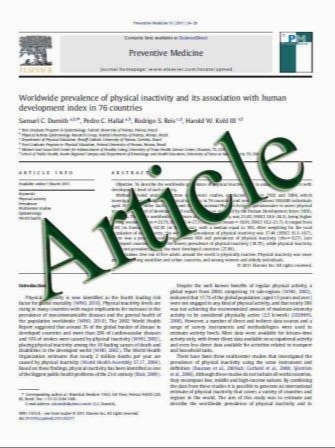Among triple-negative breast cancers, HER2(0) breast cancer shows a strong tendency to be basal-like compared with HER2(1+) breast cancer: preliminary results
- نوع فایل : کتاب
- زبان : انگلیسی
- مؤلف : Misako Nakagawa Yoshimi Bando Taeko Nagao Chikako Takai Takamasa Ohnishi Junko Honda Takuya Moriya Keisuke Izumi Masako Takahashi Ak
- چاپ و سال / کشور: 2010
Description
Background Diagnosis of triple-negative breast cancer (ER-negative, PgR-negative, HER2-negative; TNBC) is performed by means of immunohistological staining. HER2- negative includes HER2(0) and HER2(1?), based on differences in the staining intensity, but there have been no reports on comparison of these two types in TNBC. Accordingly, this study was designed to investigate the possible differences in the biological characteristics of HER2(0) breast cancer and HER2(1?) breast cancer in TNBC. Methods Tissue specimens from 89 TNBC patients were immunohistochemically stained for CK5/6, EGFR, p53, Ki67, E-cadherin, TOP2A and Bcl-2. The expressions of these markers and the clinicopathological findings were compared between the HER2(0) patient group and the HER2(1?) patient group. When either CK5/6 or EGFR was positive, the specimen was judged to be the basal-like phenotype of breast cancer. Results The percentages of CK5/6- and/or EGFR-positive specimens in the HER2(0) and HER2(1?) groups were 44.9 and 16.8%, respectively, showing that there was a significantly greater number of basal-like phenotype patients in the HER2(0) group (p\0.01). The percentage of E-cadherin-positive specimens in the HER2(0) group was 66.6%, which was significantly greater than the 40.0% recorded in the HER2(1?) group (p\0.05). The respective percentages of TOP2A-positive specimens in the HER2(0) and HER2(1?) groups were 55.0 and 30.0%, and the difference was statistically significant (p\0.05). Conclusion In TNBC, HER2(0) breast cancer showed a strong tendency to include more of the basal-like phenotype compared with HER2(1?) breast cancer. The staining results indicated the possibility that HER2(0) breast cancer and HER2(1?) breast cancer have different characteristics.
Breast Cancer DOI 10.1007/s12282-011-0265-6 Received: 22 December 2010 / Accepted: 10 March 2011 The Japanese Breast Cancer Society 2011


